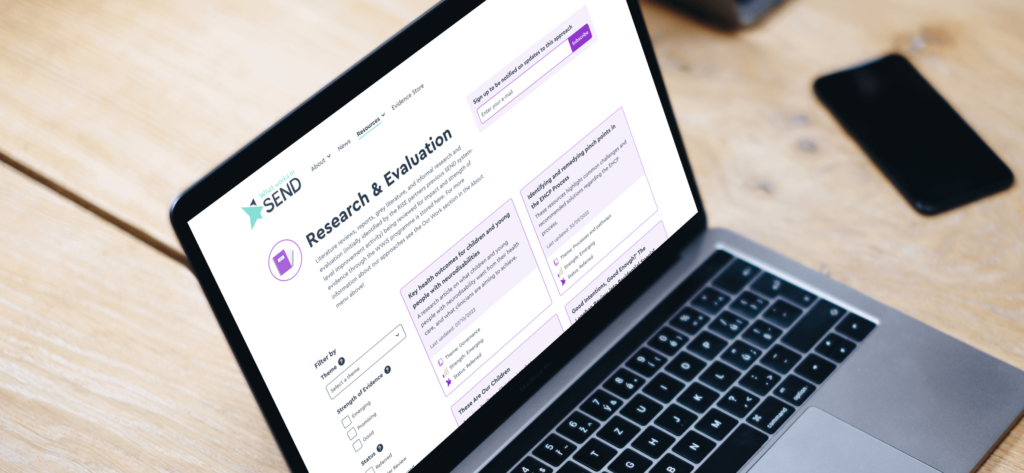The Problem
CDC’s What Works in SEND team approached us to create a website that could showcase their most up to date and relevant evidence, providing resources for system leaders, researchers and practitioners. This project was funded by the Department for Education, and as such, there were tight time constraints to work towards when delivering it. We planned our time well, working efficiently with the team to bring their resource-filled website to life.
Through a number of discovery sessions, we gained valuable insights into the user types the website would facilitate. It had to present their peer-reviewed evidence and best practices in a way that demonstrated proven methods of success, that they’d be easily replicable, and were also inspiring to those who might implement them.
“From inception through to completion The Idea Bureau were fantastic. The tech and follow up support after completion of the project has been great. Thanks Ben and Tash!”






